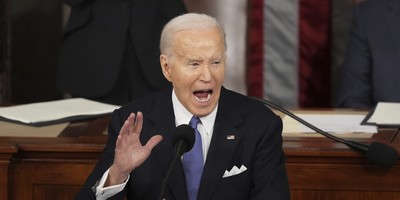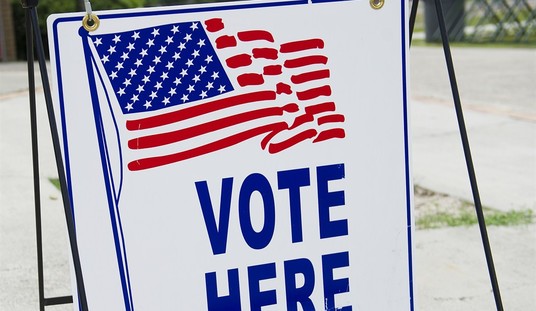One of the most common mistakes income investors make is to look solely at yields.
With the current yield on a 10-year U.S. Treasury Bond barely over 2% and most bank deposits earning next-to-zero interest, stocks that offer 10% and 12% dividend yields certainly look like attractive investments. It's tempting to simply screen for stocks offering the highest yields and buy a diversified basket of stocks from different countries and sectors.
But that strategy is replete with pitfalls. First and foremost, stocks offering the highest yields are often those with fundamentally weak prospects -- firms that are vulnerable to cutting or eliminating their payouts. Remember, there are two ways the yield on a stock can increase -- either the price of the stock falls or the dividends rise. When shares in a dividend-paying stock fall sharply, it's often an indication that investors doubt the sustainability of the firm's payout.
In the early stages of the financial crisis, for example, a screen for high-yielding stocks would have turned up a large number of mortgage real estate investment trusts (REITs), shaky financial firms and deeply cyclical stocks vulnerable to a global economic downturn. Many of these apparent high-yielders were forced to cut or eliminate their payouts during the subsequent collapse in economic and credit conditions. And several of the highest-yielding firms on the major exchanges ended up in bankruptcy court.
I always tell readers of my High-Yield International newsletter that it's important to keep in mind is that dividend growth can be just as important to overall returns as yields over any reasonable time frame. I can't stress enough how important this is, because it's often lost on many novice investors.
Consider, for example, two stocks trading at $10 a share. One yields 10% with zero dividend growth, while the other one yields 7% and has a long history of boosting payouts by 10% each year, on average. In your first year, the stock yielding 10% pays out $1 in dividends compared to just $0.70 for the lower yield stock. But by year four, the lower yield stock would have increased its payout to around $1.025 per share annually, more than the higher-yielding stock. And after 10 years, you'd be earning more than $1.80 per share annually in the stock growing its dividends, a full 18% yield on your original investment.
Recommended
While that's a simplified example, the basic premise holds: Stocks with the ability to grow their payouts over time tend to offer higher income potential than stocks with a larger yield but less attractive growth prospects.
And there's nothing like a growing dividend to attract investors' attention -- dividend increases are seen as a shareholder-friendly move and can generate significant capital gains for investors.
But as readers of High-Yield International will tell you, if you only look for stocks of American companies that have these characteristics, then you're only seeing part of the picture. Many foreign firms offer dividend yields much larger -- and grow payments much faster -- than U.S. companies. And the good news is that many of the best, most well-known foreign companies in the world trade on U.S. exchanges as American depositary receipts (ADRs).
With these points in mind, I screened our vast database of securities looking for foreign firms trading as ADRs with a current dividend yield of at least 4% that are projected to increase their payouts by at least 8% over the next three years. While analysts' expectations don't always come to pass, 8% growth is close to double the pace of dividend growth expected for the S&P 500 as a whole. So firms with projected growth that high would appear, at a minimum, less likely to cut their payouts.
To eliminate stocks that offer high yields due to weak or shaky fundamentals, I also eliminated all ADRs that had a negative return in 2011. This should eliminate the chronic underperformers.
.png)
Action to Take --> Some of the stocks in this table are holdings in High-Yield International. Others, you can be sure I'm keeping my eye on as potential additions.
This table is a good starting point for anyone looking to round out their portfolio with international dividend stocks. Many of these companies are solid, stable global giants that offer big-time dividends that any income investor would love to have.
Paul Tracy owns shares of CPL, SNY.
StreetAuthority LLC owns shares of CPL, SNY in one or more if its “real money” portfolios.
This article originally appeared at www.streetauthority.com.
























Join the conversation as a VIP Member